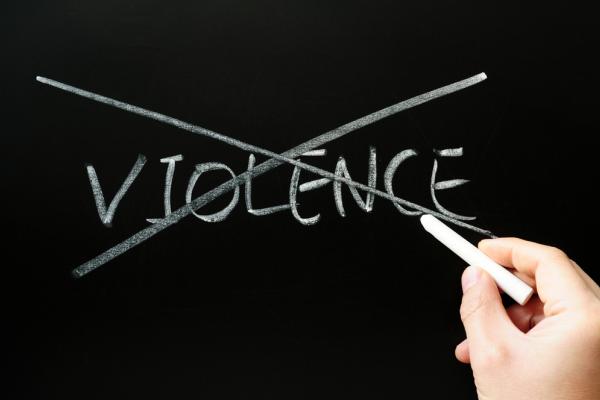It's ripped from the headlines: A young person is killed, but the police seem to be casting aspersions on the victim. It outrages us when it happens in Florida, and it should outrage us just as much when it happens further south.
It was not one person but five who were found murdered on March 15 in the town of San Isidro, Cauca, Colombia. They had been bound hand and foot and shot in the head. As in the case of Trayvon Martin, race was a factor: the victims were ethnically indigenous.
As I saw for myself when I visited Cauca last year, indigenous people in Colombia are (along with other historically marginalized groups) often stuck between a rock and a hard place —attacked or driven from their homes by both guerrilla insurgents and right-wing paramilitaries, both of which want to control territory and each of which accuses neutral parties of supporting the other side.
Read the Full Article

